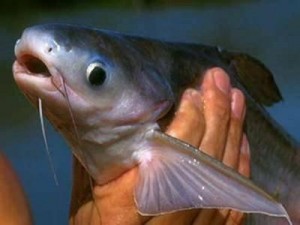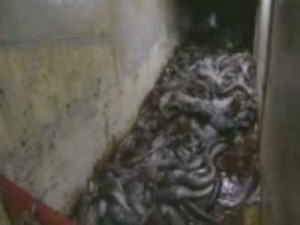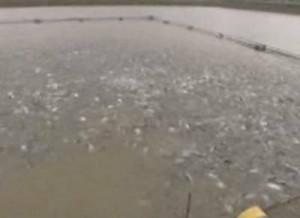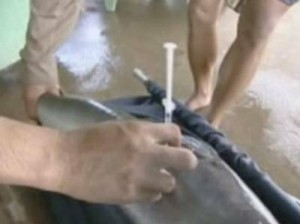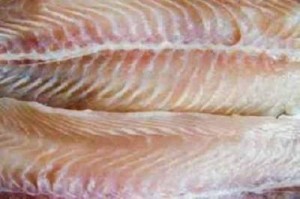Panga is the common South African name for Pterogymnus laniarius, a small, ocean-dwelling fish, native to the southeast Atlantic Ocean and southwest Indian Ocean. Alternatively called “torpedo scads“, they are cold-blooded with white flesh. Their scales are generally pink in color with whitish underbelly and blue-green stripes running laterally along their sides.
Over the course of its life, a panga will undergo periodic sex-changes with as much as 30% of the population being hermaphroditic at a time. Despite the presence of both sex organs, it is thought unlikely that both are simultaneously active. Panga are slow to reach sexual maturity, with a minimum population doubling time of 4.5–14 years.
In other countries, the name panga may refer to a different species. In Indonesia, it refers to Megalaspis cordyla, in Spain, the Netherlands and Poland it refers to Pangasius hypophthalmus, and in Kenya it refers to Trichiurus lepturus.
Many are snatching up the fish at supermarkets as they are very cheap. The
fish looks good but read the article and you will be shocked. This product is
from Vietnam.
Do you eat this frozen fish called BASA? ( Pangasius, Vietnamese River Cobbler,
White Catfish, Gray Sole )
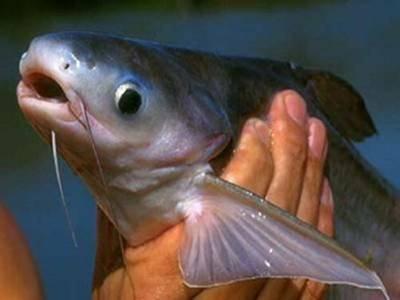
Industrially farmed in Vietnam along the Mekong River, BASA or Pangas or
whatever they’re calling it, has only been recently introduced to the French
market. However, in a very short amount of time, it has grown in popularity
in France. They are very, very affordable (cheap), are sold in filets with no
bones and they have a neutral flavor and texture; many would compare it to
cod and sole, only much cheaper. But as tasty as some people may find it,
there’s, in fact, something hugely unsavory about it. I hope the information
provided here will serve as very important information for you and your future
choices. Here’s why it is better left in the shops and not on your dinner
plates:
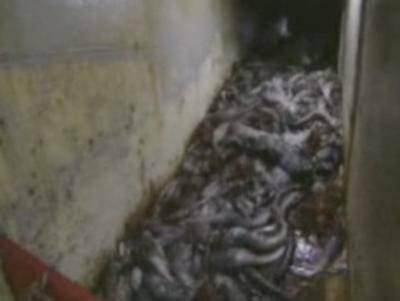
1. BASAS or Pangas are teeming with high levels of poisons and bacteria.
(industrial effluents, arsenic, and toxic and hazardous by-products of the
growing industrial sector, polychlorinated biphenyls (PCBs), DDT and its
metabolites (DDTs), metal contaminants, chlordane-related compounds
(CHLs), hexachlorocyclohexane isomers (HCHs), and hexachlorobenzene
(HCB) ).
The reason is that the Mekong River is one of the most polluted rivers on the
planet and this is where basa/pangas are farmed and industries along the
river dump chemicals and industrial waste directly into it. Avoid eating them
because they contain high amounts of contamination. Regardless of Reports
and recommendations against selling them, supermarkets still sell them,
knowing full well that they are contaminated.
2. They freeze Basa/Pangas in contaminated river water.
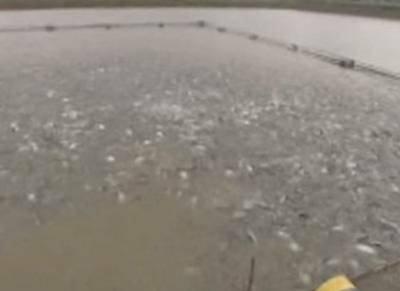
3. BASA/Pangas are raised in Vietnam .. Pangas are fed food that comes
from Peru ( more on that below ), their hormones ( which are injected into
the female Pangas ) come from China . ( More about that below ) and finally,
they are transported from Vietnam to other countries
4. There’s nothing natural about Basa/Pangas – They’re fed dead fish
remnants and bones, dried and ground into a flour (from South America),
manioc ( cassava ) and residue from soy and grains. This kind of nourishment
doesn’t even remotely resemble what they eat in nature. But what it does
resemble is the method of feeding mad cows ( cows were fed cows,
remember? ). What they feed basa/pangas is completely unregulated so
there are most likely other dangerous substances and hormones thrown into
the mix. The basa/pangas grow 4 times faster than in nature, so it makes
you wonder what exactly is in their food? Your guess is as good as mine.
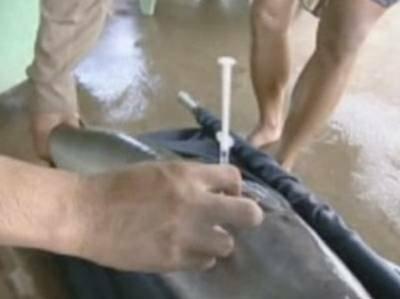
5. Basa/Pangas are injected with Hormones Derived from Urine. They inject
female Basa/Pangas with hormones made from the dehydrated urine of
pregnant women, the female Pangas grow much quicker and produce eggs
faster ( one Basa/Panga can lay approximately 500,000 eggs at one time ).
Essentially, they’re injecting fish with hormones ( they come all of the way
from a pharmaceutical company in China ) to speed up the process of growth
and reproduction. That isn’t good. And also consider the rest of the reasons
to NOT eat BASA.
6. You get what you pay for – and then some. Don’t be lured in by insanely
cheap price of Basa/Pangas. Is it worth risking your health and the health of
your family?
7. Buying Basa/Pangas supports unscrupulous, greedy corporations and food
conglomerates that don’t care about the health and well-being of human
beings. They are only concerned about selling as many basa/pangas as
possible to unsuspecting consumers. These corporations only care about
making more money at whatever cost to the public..
8. Basa/Pangas WILL make you sick – If you don’t get ill with vomiting,
diarrhea and effects from severe food poisoning, congratulations, you have
an iron stomach! But you’re still ingesting POISON not “Poisson”.
Final important note: Because of the prodigious amount of availability of
Basa/Pangas, be warned that they will certainly find their way into other
foods like imitation crab sticks, fish sticks, fish terrines, and probably in some
pet food too. Just check the Ingredient List to see if Basa is one of the
ingredients. Good Luck.
You have been warned !!!
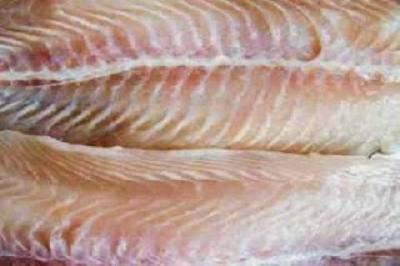
Why are we allowing this product to be imported?

